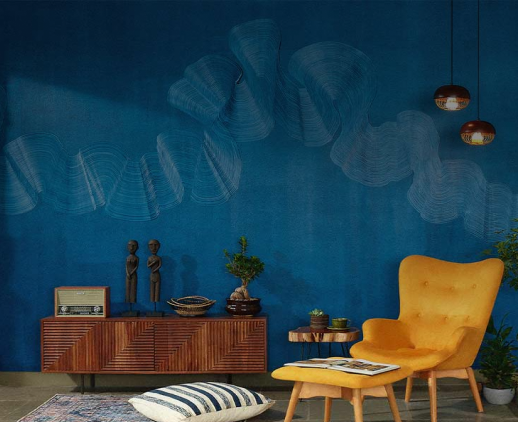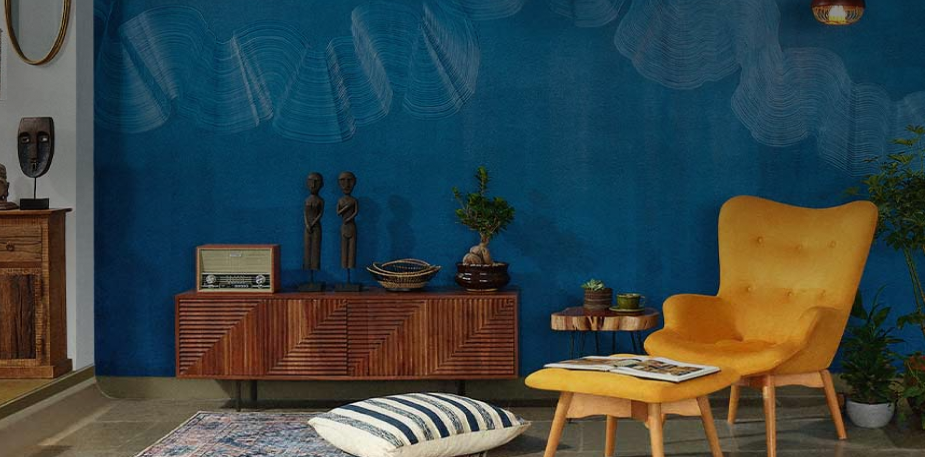Get your home interior design budget estimate
Icons: Le Corbusier
One of the 20th century’s most radical thinkers, he paved the way for modern architecture as we know it
Born in 1887 as Charles-Edouard Jeanneret to watch engraver and enameller, Georges Edouard Jeanneret, and music teacher, Marie Charlotte Amélie Jeanneret-Perret, Le Corbusier was a pioneer of modern architecture. Inspired by the principles of mathematics, his philosophy was greatly influenced by the Golden ratio.
Any designer worth his salt wants his work to reflect the principles of the Golden ratio. It is a perfectly symmetrical relationship between two proportions; a mathematical ratio found in nature which when adhered to creates pleasing, organic looking compositions. And Le Corbusier mastered it throughout his career, in his works that spanned more than five decades. Some of his most significant works include the Villa Savoye, Poissy, Notre Dame du Haut, Ronchamp, Saint-Pierre, Firminy and the Cité Radieuse, Marseille among others.
Today, if Chandigarh is known as the first planned city in India, and possibly one of the best, it’s thanks to Corbusier’s vision. His “Open Hand” sculpture went on to become the symbol of Chandigarh, signifying an openness to give and to receive. If you spent enough time in the city, you would also notice that it is bereft of any statue in parks or at roundabouts, it was a pre-condition, Corbusier laid before taking up the planning of the city of Chandigarh.
This visionary’s extraordinary life came to an abrupt end when on August 27, 1965, he went for a swim, in the Mediterranean Sea off the coast of his home in the south of France where he drowned.

Get Started with your interior design journey with us!
Speak to our design professionals
What’s the status of your home possession?
What’s the condition of your home/space?
Will you be living in your space during the renovation?
 Previous Question
Previous Question
Is your interior design budget over 4 lakhs?
 Previous Question
Previous Question
Book next available appointment slots with our experts!
Please Select Date and Day
 Previous Question
Previous Question

Something went wrong!
We were unable to receive your details. Please try submitting them again.

Appointment Scheduled!
Thank you for giving an opportunity to Asian Paints Beautiful Homes Service! Our Customer Experience Specialist will get in touch with you soon.
Appointment Date & time
Thank You!
Our team will contact you for further details.
What’s the status of your home possession?
What’s the condition of your home/space?
Will you be living in your space during the renovation ?
 Previous Question
Previous Question
Is your interior design budget over 4 lakhs?
 Previous Question
Previous Question
Book next available appointment slots with our experts!
DEC 2023
Please Select Date and Day
 Previous Question
Previous Question

Something went wrong!
We were unable to receive your details. Please try submitting them again.

Appointment Scheduled!
Thank you for giving an opportunity to Asian Paints Beautiful Homes Service! Our Customer Experience Specialist will get in touch with you soon.
Appointment Date & time
17 Oct 23, 03.00PM - 04.00PM





































